Unearthing Conflict: How Mining Shapes Human-Primate Encounters in Southern India
A recent study by researchers Anand, S., & Radhakrishna, S. (2024) delve into the impact of mining on human-primate conflict in southern India. Through a blend of household surveys and geospatial analysis, they explore how alterations to the landscape due to mining activities shape the dynamics of conflict between humans and primates in coal mining regions.
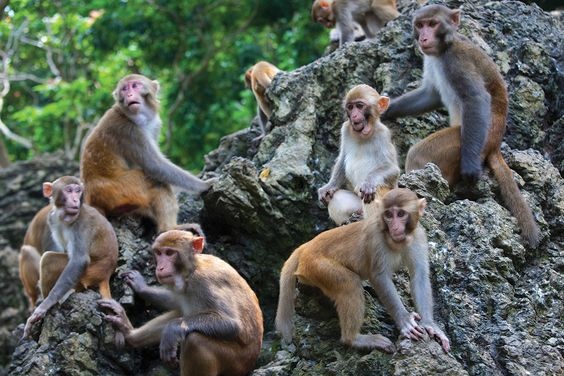
In a coal mining region of southern India, researchers delve into the intricate interplay between human activities and wildlife dynamics. Through a meticulous blend of household surveys and geospatial analysis, they unravel the impacts of mining-induced landscape changes on human-primate conflict. Unlike traditional conflict scenarios, where crop damage often takes center stage, house-raiding emerges as the predominant form of conflict.
The study took place in Ramagundam Coal Belt region, situated in the Mancherial and Pedapalli districts of Telangana state, southern India, is part of the expansive Godavari Valley Coalfields (GVCF). Initially explored in 1886, the mining region has steadily expanded to encompass an area of 17,000 km2 across several districts. The Ramagundam area, in particular, has been a focal point of intensive mining activities since 1974.
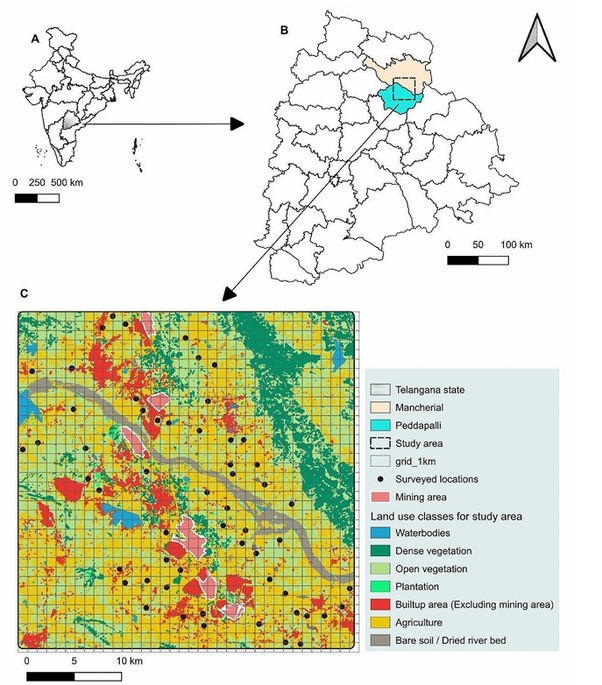
Location of study area and selection of survey locations
Results revealed that, unlike typical rural conflict scenarios, house-raiding emerged as the predominant conflict form, with minimal crop damage instances. Primates exhibited avoidance behaviors towards mining areas, with conflict incidents escalating further away from mines. Landscape features, particularly monospecific plantations correlated with reduced crop damage but increased likelihood of house-raiding incidents. Analysis of long-term land cover changes highlighted the correlation between the expansion of built-up areas and increased human-primate conflict interactions, particularly with rhesus macaques moving towards human settlements.
The research sheds light on the intricate connection between mining operations and human-primate conflict, highlighting how human-induced changes to landscapes significantly influence wildlife behavior and conflict patterns.
#animalprotection #conflictmitigation #ecology #environment #environmentindia #environmentind #forest #humanwildlifeconflict #india #monkeys #news #primates #ramagundamcoalbelt #research #southindia #telangana #wildlife
EducationMore posts from Manish Tiwari Dhaulakhandi
View posts
Environment India News Alert
Manish Tiwari Dhaulakhandi · The residents of the village of Phey near Leh in Ladakh are cultivating a crop that is usually not grown in the fragile, water-scarce cold desert region. Using a technique known as mulching, the village in Leh district has emerged as the hub of organic watermelon cultivation. · h ...
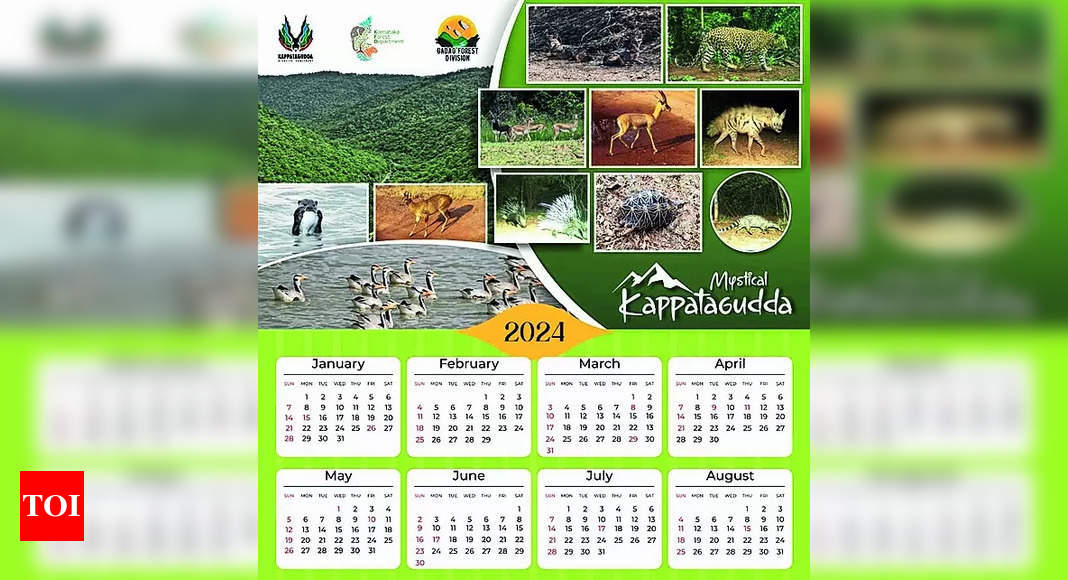
Today's Environment News Alert
Manish Tiwari Dhaulakhandi · ◆ The department is not leaving any stone unturned in protecting and popularising Kappatgudda forest. The department has now come out with a one-page calendar for the year 2024. It is a special calendar focusing on the wildlife of Kappatagudda. · 2024 Calendar | Wild Animals of K ...

How much eco-conscious are Delhiites ? Unveiling Delhi's Urban Green Spaces through Residents' Eyes"
Manish Tiwari Dhaulakhandi · A recent study conducted in Delhi aimed to explore the perceptions and interactions of residents with the ecosystem services provided by urban green spaces unveils the eco-consciousness of Delhiites. · 🌱🌏🌱 · #delhi #delhiite #delhiites #ecoconscious #ecoconsciousness #ecolog ...
Articles from Manish Tiwari Dhaulakhandi
View blog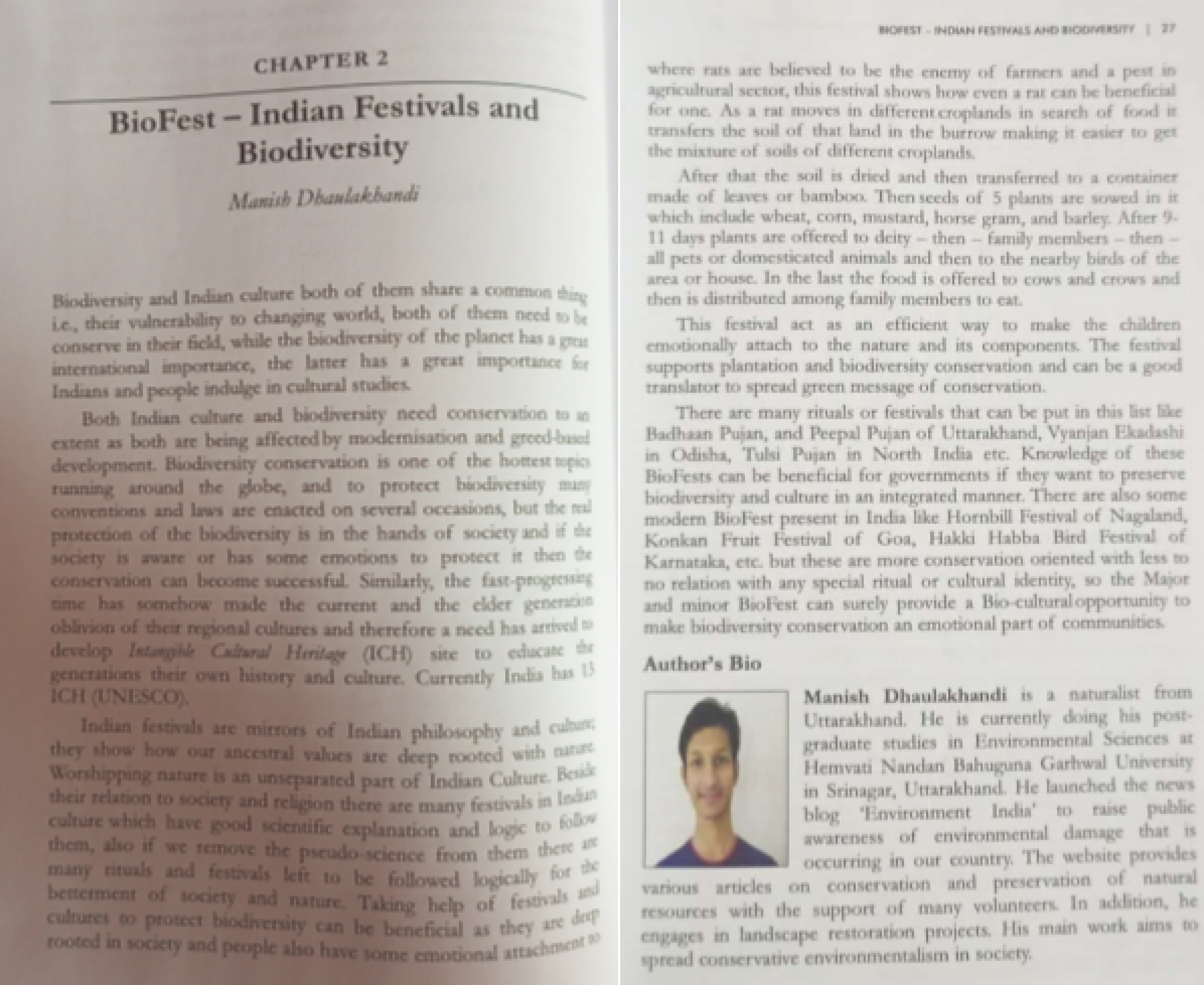
My chapter on biodiversity and culture (BioFest: Indian Festivals and Biodiversity) got published in ...

🪷नववर्षस्य शुभाशया🪷 · आपको नववर्ष विक्रम संवत २०८०, उगादि, गुड़ीपड़वा और चैत्र नवरात्रि की हार्दिक श ...
YOGI BANS CATTLE FAIRS IN UP: LUMPY VIRUS PANDEMIC · Uttar Pradesh Chief Minister Yogi Adityanath ha ...
Related content
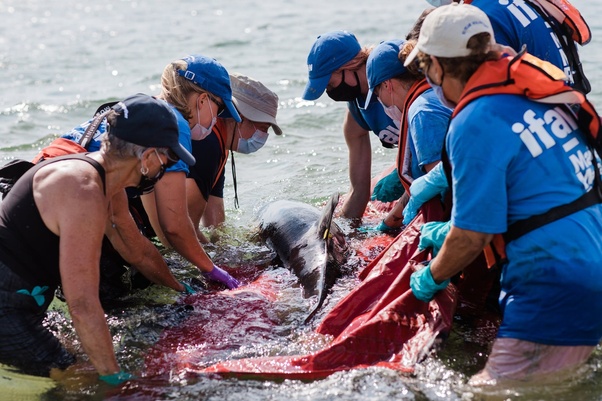
Manish Tiwari Dhaulakhandi
From Selfies to Saviors: How Social Media Rescues Animals in Tourism
In today's digital age, where social media has become an integral part of our daily lives, its impact on various aspects of society is truly remarkable. One area where this influence shines brightly is in the world of tourism, especially when it comes to our interactions with our ...
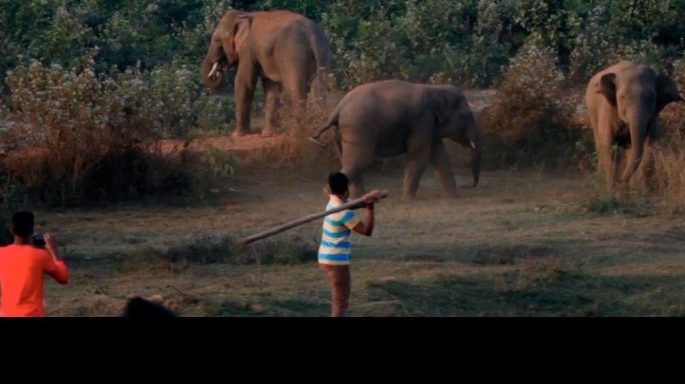
Manish Tiwari Dhaulakhandi
Striking a Balance in Human-Wildlife Conflicts of India
Confrontations between humans and wildlife, particularly involving common leopards (Panthera pardus) and Asian elephants (Elephas maximus) in the Himalayan region, pose formidable challenges for both local communities and conservation efforts. A recent study by Datta, P., et.al., ...

Manish Tiwari Dhaulakhandi
How much eco-conscious are Delhiites ? Unveiling Delhi's Urban Green Spaces through Residents' Eyes"
A recent study conducted in Delhi aimed to explore the perceptions and interactions of residents with the ecosystem services provided by urban green spaces unveils the eco-consciousness of Delhiites. · 🌱🌏🌱 · #delhi #delhiite #delhiites #ecoconscious #ecoconsciousness #ecolog ...
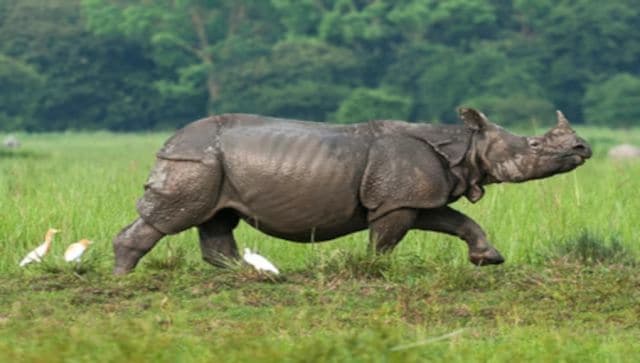
Manish Tiwari Dhaulakhandi
Today's Top Environment News Alert
◆ Law enforcement officials from India, Bhutan, and Nepal are participating in a nine-day workshop aimed at training them in combating wildlife trafficking in South Asia. Organized by TRAFFIC India and WWF-India, in collaboration with the South Asia Wildlife Enforcement Network ( ...

Manish Tiwari Dhaulakhandi
Today's Top Environment News Alert
◆ As many as 500 incidents of bird hits involving aircraft have been reported in various states in the first ten months of this year. The Directorate General of Civil Aviation (DGCA) has issued regulations and guidelines for the management of potential wildlife hazards at license ...
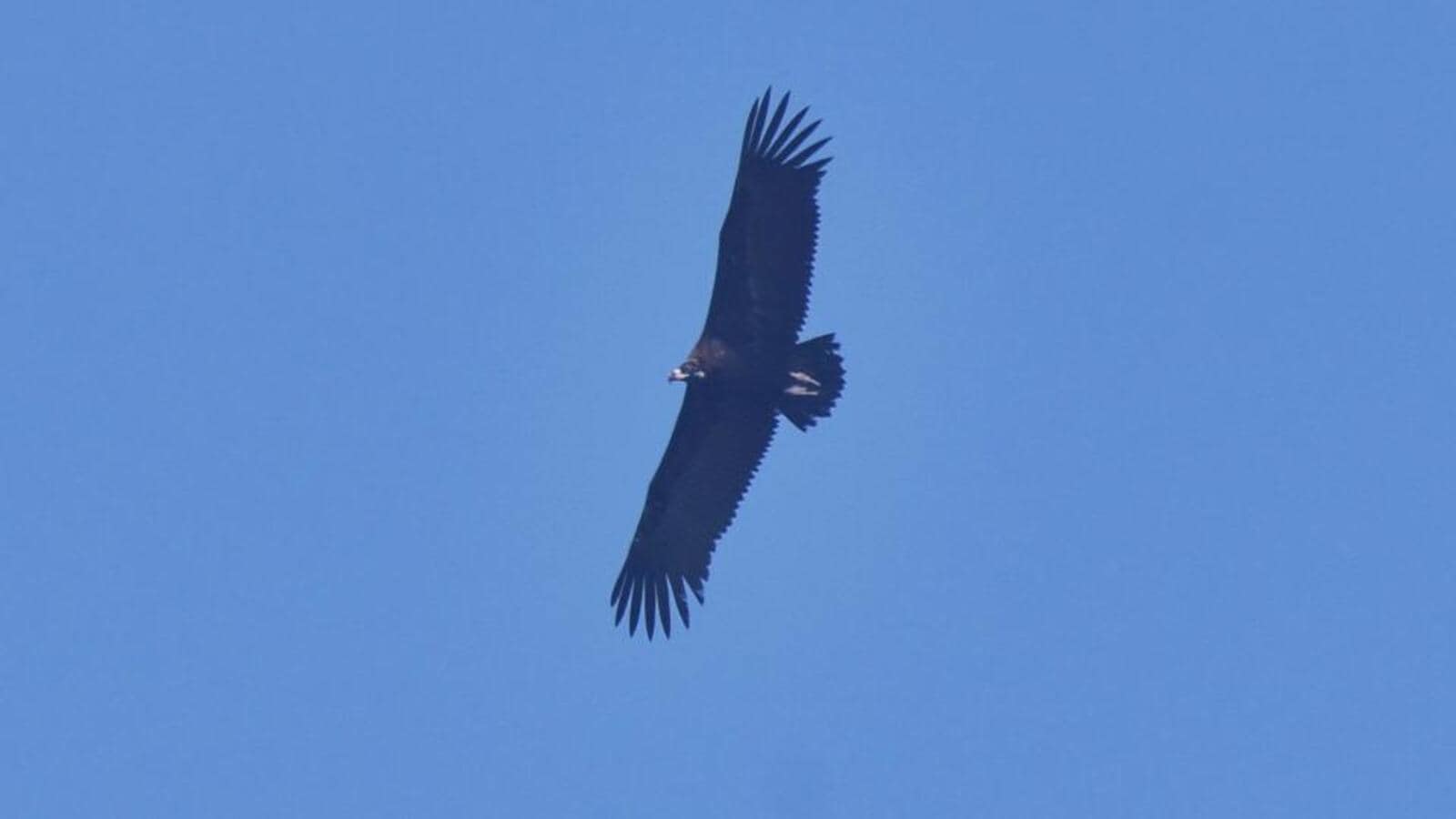
Manish Tiwari Dhaulakhandi
Today's Top Environment News Alert
Today's Top Environment News Alert · ◆ South Eastern Coalfields Limited (SECL), the Chhattisgarh-based arm of Coal India Limited (CIL), will invest Rs 169 crore on plantations in Chhattisgarh and Madhya Pradesh, over a period of the next four years. · https://www.business-standar ...
You may be interested in these jobs
-
Data Engineer 2
Found in: Talent IN C2 - 1 day ago
Epsilon Bengaluru, India Full timeJob Description · The Auto practice within Epsilon accelerates and drives growth for major players of the automotive industry, from Original Equipment Manufacturers (OEM) to Dealers big and small in the US and Canada. Part of a 1,600-member global team, the practice offers the au ...
-
Telecaller Lead Generation Executive
Found in: Talent IN C2 - 4 days ago
Admissify Edutech pvt ltd New Delhi, IndiaAdmissify Edutech Pvt Ltd iscurrently seeking a Junior Education Counsellor/Lead GenerationExecutive /Telecallerfor our office located in Moti Nagar WestDelhi.ResponsibilitiesIdentify and qualify potential studyabroadstudents Understandan applicants background and come up with a ...
-

Graphic Designer
Found in: Appcast Linkedin IN C2 - 5 days ago
Madnetik - Digital Marketing Agency In Pune Pune, IndiaJob Title: Graphic Designer (Reels Editor) · Company: Madnetik · Location: Viman Nagar, Pune · Employment Type: Full-Time, On-Site · Experience: Minimum 1 Year · Salary: Commensurate With Experience · Madnetik, A Leading Digital Marketing Agency Based In Viman Nagar, Pune, Is Loo ...
You have no groups that fit your search


Comments